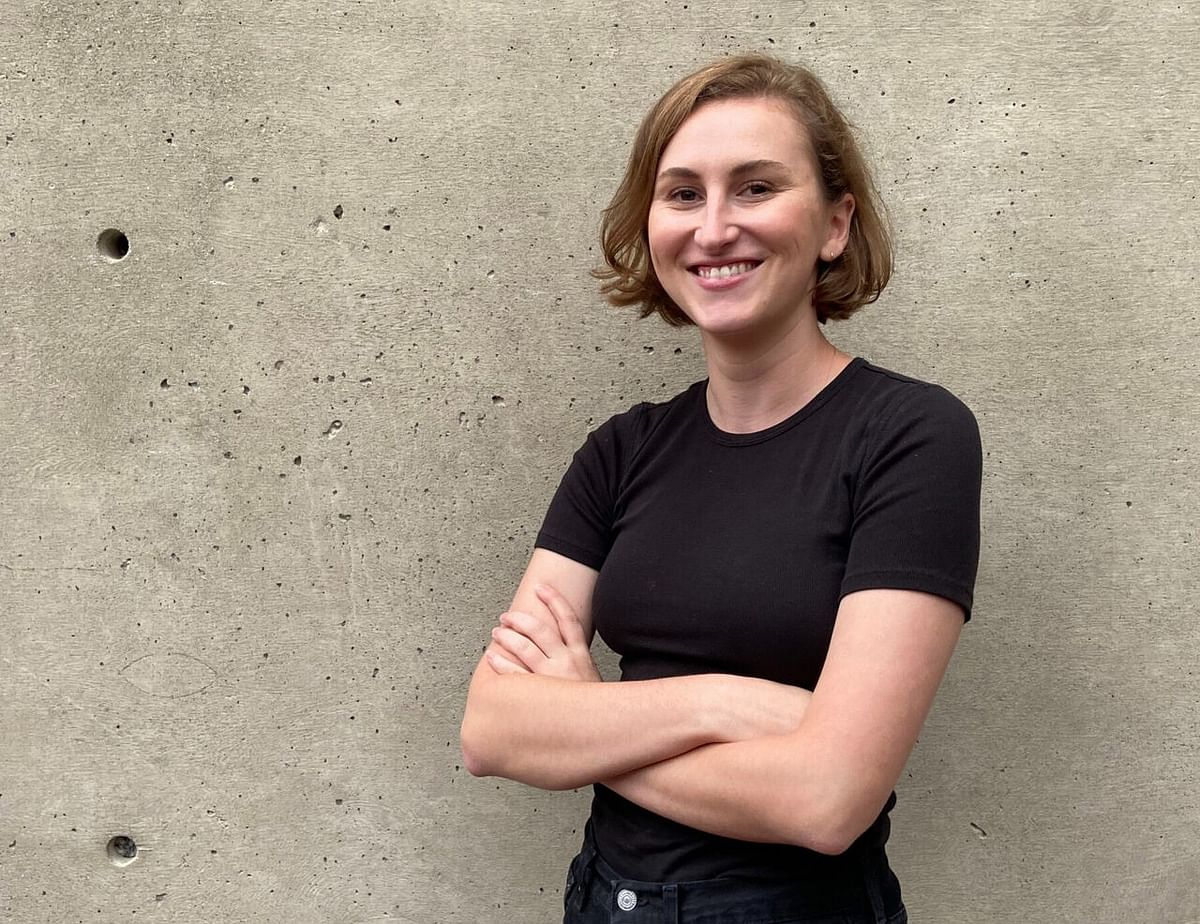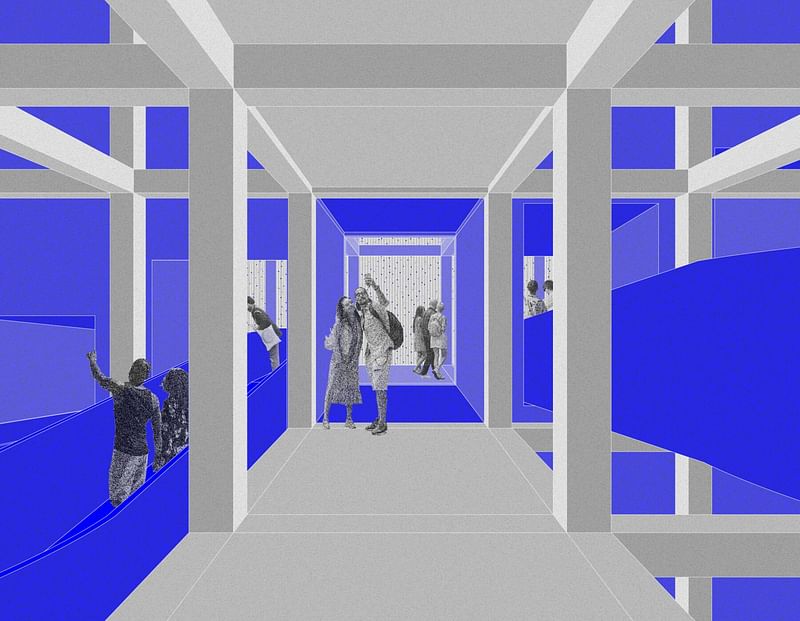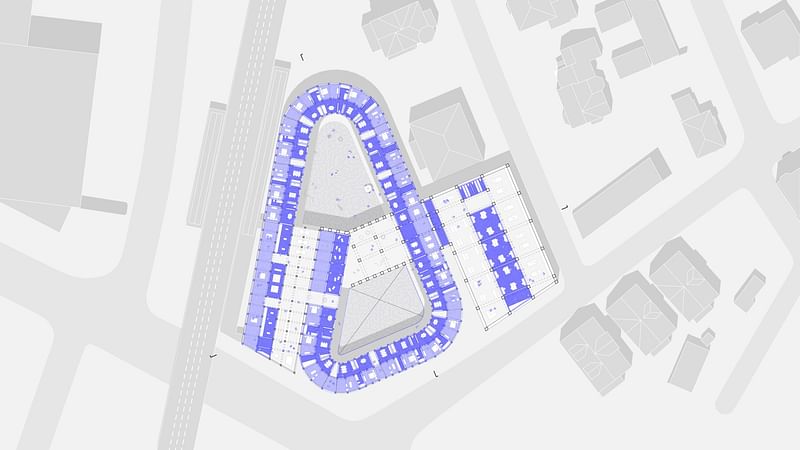The Boston Society for Architecture's 2023 Rotch Travelling Scholarship is awarded to Stephanie Lloyd
By Katherine Guimapang|
Tuesday, Aug 1, 2023

Related
Since it was founded in 1883, the Rotch Travelling Scholarship honors the work and legacy of Benjamin Smith Rotch for his commitment to cultivating an "appreciation for the value of foreign travel in stimulating young architects’ imagination through contact with great buildings of the past." After his passing in 1882, Rotch's children established the Rotch Travelling Scholarship to continue the promotion of "architectural education through foreign travel."
Said to be one of the "oldest of its kind in the United States," the Rotch Travelling Scholarship, organized through the Boston Society for Architecture, has developed into an annual two-stage design competition that "results in one person, deemed the Rotch Scholar, traveling the world for six months studying architecture — and we pick up the tab," shares the organization. The first stage of the competition's selection process undergoes a 72-hour, weekend-long preliminary design competition. Then finalists from the competition are selected to move on and compete in the second stage. This consists of a 10-day competition that ends in a final design presentation to a selected jury. This year's competition theme, "Memory and Continuance," asked participants to "explore how design creates a dialogue between the history of a place and the new imaginaries that shape its future."
After an extensive series of reviews and presentations, this year's jury has selected London-based designer, researcher, and educator Stephanie Lloyd as the winner. Read more about Lloyd's preliminary and final competition entry below.
Preliminary Competition Entry
Framework, Embodied: A low-carbon addition to the Leon Electric Building

Excerpt of project details: "Collective memories of place are bound by a common framework of space. Memories are inherently personal and subjective, and when collectively shared, produce fuzzy representations of a common narrative. And while it’s the fuzzy details that are often contested, the common architectural framework continues to persist. Architectural frameworks are simultaneously generic and specific; they’re generic enough to contain the messiness of life while specific enough to give that messiness a guiding order. The generic specificity of the Leon Electric Building’s existing framework is understood to be a prime opportunity for adaptive reuse. This project proposes the embodiment of the existing structural framework of the Leon Electric Building via the addition of a new CLT structural system. These CLT frames and shear walls have been grafted onto the existing Western elevation in order to provide additional space for public programs and to produce a new urban identity. In section, a 45-degree chamfer has been introduced to the Western façade, allowing light to penetrate deep into the plan. Through these minimal alterations, the existing spatial framework has been embodied via simple programmatic insertions." Read more about her preliminary project submission here.
Final Competition Entry
Framework, Embodied²: A (second) low-carbon addition to the Leon Electric Building

Project details excerpt: "Carrying forward the embodied energy from the preliminary proposal, this project proposes the embodiment of the existing structural frameworks of the Leon Electric Building via the addition of a new CLT structural stitch, which binds together public transportation, co-housing, and co-working spaces to produce a new type of urban infrastructure. These CLT frames and shear walls are grafted to, sistered with, and stacked on the existing concrete framework of the Leon Electric Building. In section, a 45-degree chamfer is carried from the preliminary proposal throughout the housing stitch in order to provide light to penetrate each co-housing unit. Through the addition of a programmatic stitch, a new spatial framework that is finer in grain emerges, disrupting the large spans of the existing framework in order to produce a flexibility of potential unit types and layouts that favors co-housing programs [...] As a spatial model, the existing concrete framework is reembodied in order to produce a flexible and generous model of co-housing. As an economic model, the new CLT framework provides a range of co-living and co-working spaces that encourage collaboration between residents and the greater Dorchester community [...] This project takes seriously issues of property, infrastructure, and economies of sharing within contemporary housing developments, and operates under the optimistic call for architects to embody a new type of spatial agency within the built environment." Read more about her preliminary project submission here.
Lloyd is currently an Architectural Assistant at vPPR Architects and a Unit Master for the Architectural Association's (AA) Intermediate Program. She received her M.Arch from Harvard GSD and received her B.A. in Architecture from UC Berkeley College of Environmental Design.
The 2023 Rotch Runner-Up was awarded to architect Julia Schubach. View the 2023 Rotch Traveling Scholarship finalists here. Learn more about the scholarship here.

RELATED NEWS The next generation of landscape architects honored through scholarship by the Landscape Architecture Foundation

RELATED NEWS Gensler honors four interior design students with 2023 Brinkmann Scholarship


Share
0 Comments
Comment as :